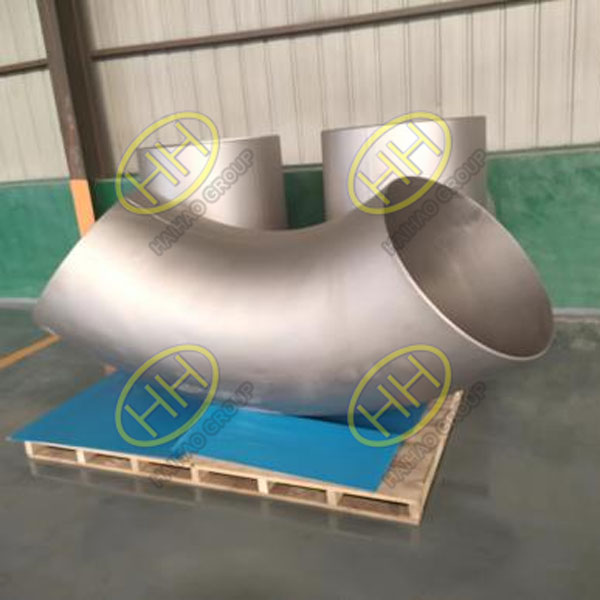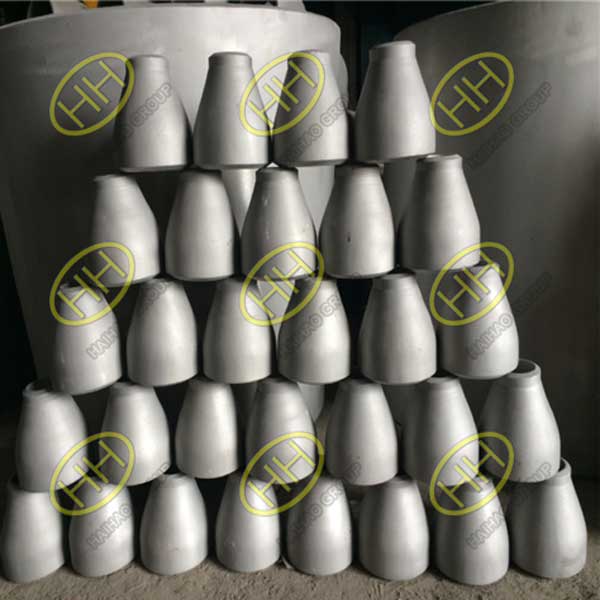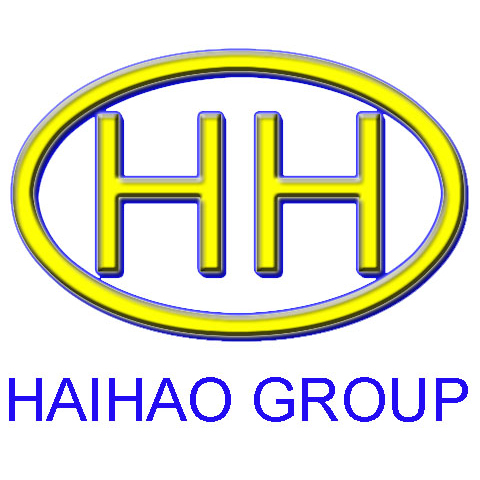What you don’t know about pickling passivation?
There’s a lot about pickling and passivation that people overlook. While it might sound like a routine maintenance process, it plays a crucial role in extending the lifespan of stainless steel equipment and ensuring reliable performance in demanding environments. Let’s take a closer look at what this treatment involves and why it matters.

After pickling and passivation of stainless steel pipe fittings
The Purpose of Pickling and Passivation
Pickling and passivation are essential steps in surface treatment of stainless steel.
Pickling uses acid solutions to thoroughly remove surface contamination—such as heat tint, welding scale, embedded iron particles, and other residues that accumulate during fabrication or installation. Once these impurities are dissolved, the metal is left clean and reactive.
Passivation follows this step. Here, a controlled chemical reaction creates a thin, invisible chromium-rich oxide layer that shields the steel from corrosion. After treatment, stainless steel surfaces typically develop a uniform, silver-white appearance, indicating that the oxide scale and contaminants have been fully removed.
This process is widely applied to stainless steel components, sheet materials, tanks, piping systems, and pressure vessels across industries ranging from food processing to petrochemical plants.

After pickling and passivation of ASME B16.9 ASTM A403 WP316 Concentric Reducers
Key Characteristics and Benefits
Compared with basic acid cleaning, professional pickling and passivation solutions offer several important advantages:
- Straightforward application: The treatment is easy to handle and can be performed on-site or in a workshop without requiring elaborate equipment.
- Improved corrosion protection: The passivation film significantly boosts resistance to pitting and crevice corrosion, especially in chloride-rich environments.
- Added inhibitors: Specialized formulations often contain corrosion inhibitors and fume suppressants that help prevent hydrogen embrittlement of the metal substrate and reduce acid mist during application.
- Suitability for complex geometries: Unlike manual grinding or paste cleaning, liquid immersion or circulation pickling can reach intricate weld seams and small cavities.
This combination of performance and practicality makes pickling and passivation indispensable for ensuring stainless steel maintains its integrity over years of service.
How to Use Pickling and Passivation Solutions
The correct procedure depends on the steel grade and the extent of contamination. Here are some general guidelines:
- For stainless steels with relatively low nickel content—such as ferritic and martensitic grades (e.g., 420, 430, 201, 202)—the solution can be diluted in a 1:1 to 1:4 ratio with water.
- Higher-nickel austenitic steels (like 304, 321, 316, and 316L) may require immersion in the undiluted pickling solution for better oxide removal.
- Processing is typically performed at room temperature or slightly warmed (15–30 °C) to accelerate the reaction.
- Soaking time ranges from 5 to 15 minutes or longer, depending on the scale thickness and surface condition.
- After pickling, the parts should be thoroughly rinsed in clean water to remove residual acid. For best results, a final neutralizing rinse in a mild alkaline solution—such as lime water or dilute sodium carbonate—is recommended.
Always perform a small test piece to confirm the ideal time and dilution before processing an entire batch.
Understanding pickling and passivation isn’t just about cleaning—it’s about preserving the long-term corrosion resistance that makes stainless steel a preferred material in critical applications.
If you’d like to discuss a specific project or need support with tailored pickling solutions, please get in touch with our technical team.
Email: sales@haihaogroup.com

